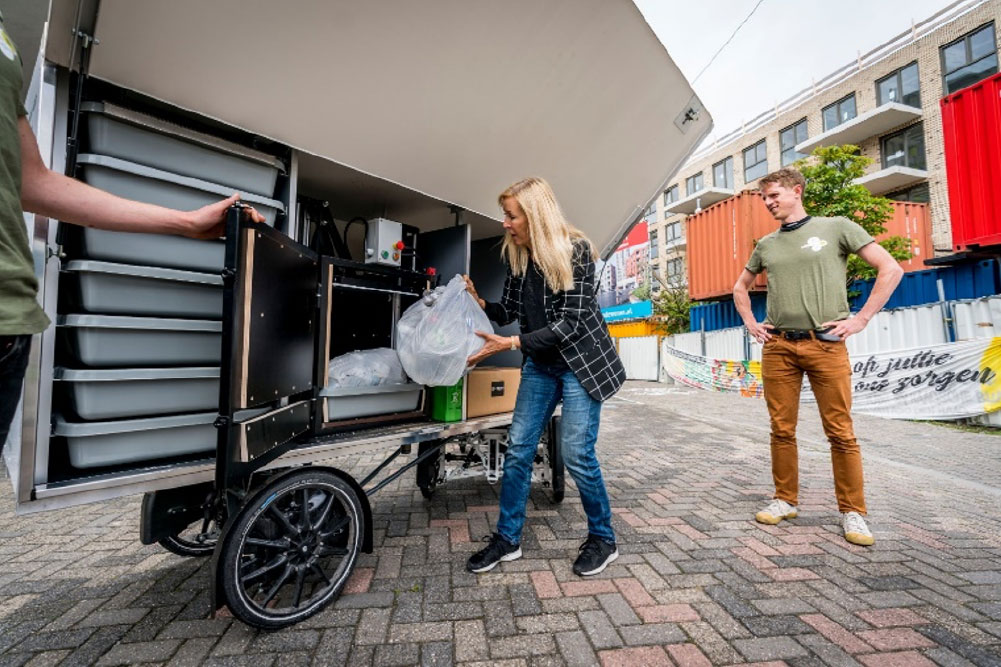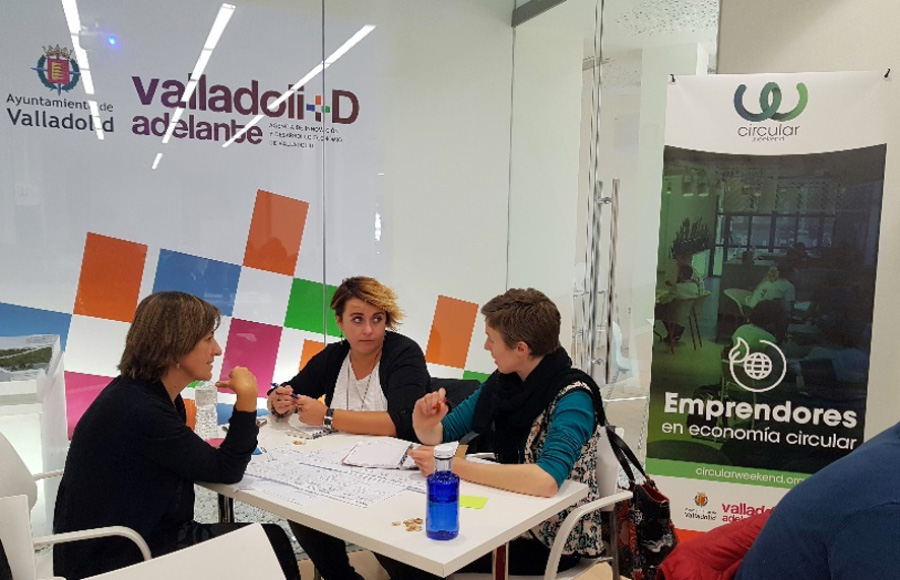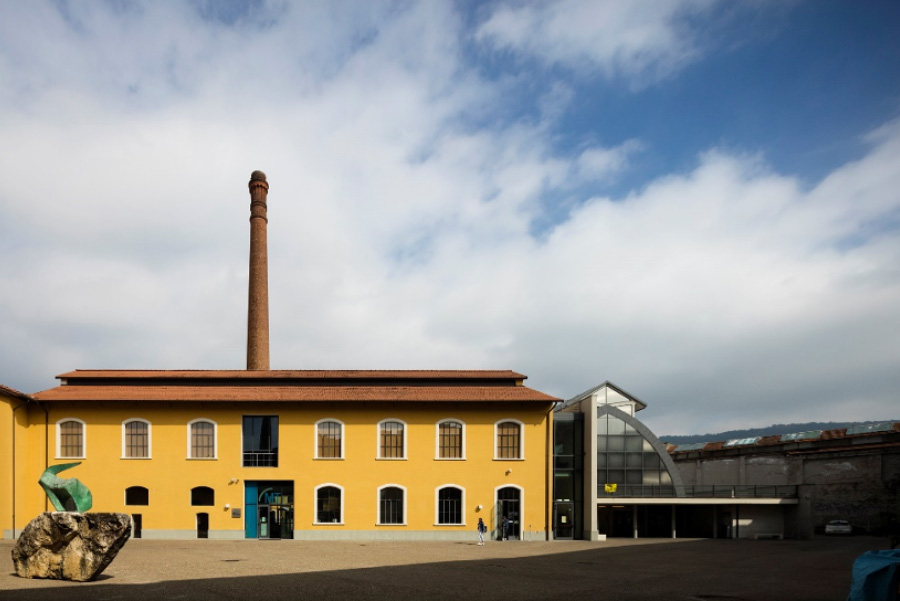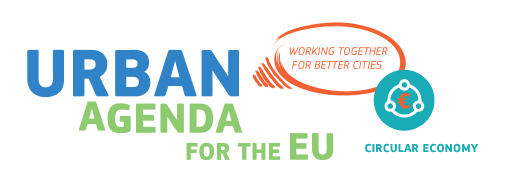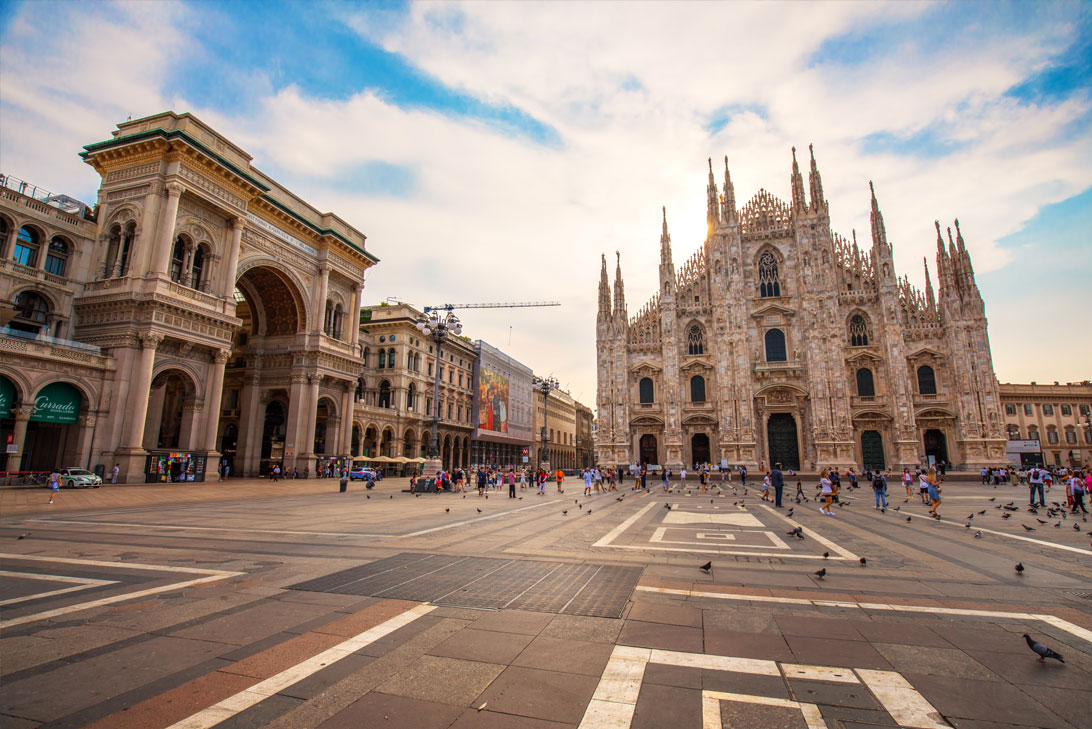
The City of Milan is known to be a frontrunner in the area of food waste management. With 85% of bio-waste collected, the Italian city has one of the highest capture rates among European cities1. In recent years, the city has been developing projects with the broader ambition of becoming a circularity frontrunner as well. Milan is focussing on food, fashion and design, and resilience of the urban environment as the main sectors for the circular transition.
Making the food system circular
While food is an important sector in the economy of the city, it is also one of the most polluting ones, due to the linear way in which food is handled. There are many opportunities to make this sector more circular.
The City of Milan’s Food Policy guidelines ![]() for 2015-2020 focusses on access to food and water, fight against food waste, promoting local consumption, and the creation of a sustainable food system. The guidelines have also resulted in a policy instrument through which restaurants can benefit from tax reductions if they donate their food surpluses to charities or distributors.
for 2015-2020 focusses on access to food and water, fight against food waste, promoting local consumption, and the creation of a sustainable food system. The guidelines have also resulted in a policy instrument through which restaurants can benefit from tax reductions if they donate their food surpluses to charities or distributors.
In addition, in 2015, Milan created the Milan Urban Food Policy Pact ![]() , an international agreement signed by 207 cities from all over the world, with more than 450 million inhabitants. Through the pact, the participants agree that they will develop sustainable food systems to provide food to their people, minimise waste, and conserve biodiversity.
, an international agreement signed by 207 cities from all over the world, with more than 450 million inhabitants. Through the pact, the participants agree that they will develop sustainable food systems to provide food to their people, minimise waste, and conserve biodiversity.
In line with Milan’s food policy, the European OpenAgri ![]() project was started. The project focusses on peri-urban agriculture within the municipality of Milan and serves as a living lab for innovation along the food supply chain. The lab will also promote the development of projects involving SMEs and start-ups. This project was funded by the European Regional Development Fund with a budget of almost EUR 5 million.
project was started. The project focusses on peri-urban agriculture within the municipality of Milan and serves as a living lab for innovation along the food supply chain. The lab will also promote the development of projects involving SMEs and start-ups. This project was funded by the European Regional Development Fund with a budget of almost EUR 5 million.
Find out more about circular food strategies you can apply in your city here.
Joining circular networks
In recent years, Milan has joined different networks and pilots in European cities that aim to become more circular and sustainable through collaboration. Some examples:
- Reflow
 : as part of this project, pilots were set out in six European cities to understand and transform urban material flows and test circular solutions. For Milan, the pilot focusses on the transition towards a more circular food system through a project called ‘Food Market 2.0’, involving Milan’s municipal covered markets. The project is funded by Horizon 2020.
: as part of this project, pilots were set out in six European cities to understand and transform urban material flows and test circular solutions. For Milan, the pilot focusses on the transition towards a more circular food system through a project called ‘Food Market 2.0’, involving Milan’s municipal covered markets. The project is funded by Horizon 2020. - CE100 network
 : this network was created by the Ellen MacArthur Foundation
: this network was created by the Ellen MacArthur Foundation  and aims to improve collaboration between governments, cities, universities, and businesses to create insights and new ideas related to the circular economy.
and aims to improve collaboration between governments, cities, universities, and businesses to create insights and new ideas related to the circular economy. - CLEVER Cities
 : this project aims to create nature-based solutions to address urban challenges in Europe, South America, and China. Specifically for Milan, the plan is to experiment with green infrastructure and encourage shared management and use of spaces.
: this project aims to create nature-based solutions to address urban challenges in Europe, South America, and China. Specifically for Milan, the plan is to experiment with green infrastructure and encourage shared management and use of spaces. - Sharing Cities
 : this project develops smart city solutions with high market potential in six cities throughout Europe. For Milan, the focus is on smart mobility and environment. The project received EUR 24 million in EU funding.
: this project develops smart city solutions with high market potential in six cities throughout Europe. For Milan, the focus is on smart mobility and environment. The project received EUR 24 million in EU funding.
Other circular actions in Milan
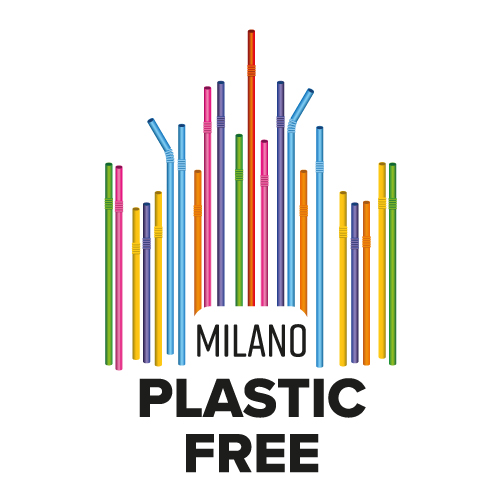
Besides these projects, Milan contributes to the circular economy in other ways. Being known as one of the main fashion cities of the world, Milan has taken a sustainable turn by hosting the Green Carpet Fashion Awards ![]() during their Fashion Week. This international event celebrated green and circular fashion. Besides an award ceremony, the event was also useful in increasing awareness and knowledge on circular principles in the fashion industry, through the presentation of case studies. Find out more about circular strategies in the textiles industry here.
during their Fashion Week. This international event celebrated green and circular fashion. Besides an award ceremony, the event was also useful in increasing awareness and knowledge on circular principles in the fashion industry, through the presentation of case studies. Find out more about circular strategies in the textiles industry here.
The municipality launched Milano Plastic Free ![]() , which is a campaign to raise awareness among commercial businesses to promote the reduction of the use of packaging and disposable plastics. As part of this initiative, a logo was developed to identify all the ‘Plastic Free’-initiatives carried out in the city.
, which is a campaign to raise awareness among commercial businesses to promote the reduction of the use of packaging and disposable plastics. As part of this initiative, a logo was developed to identify all the ‘Plastic Free’-initiatives carried out in the city.
In addition, the city has created a Sustainable Urban Mobility Plan ![]() . This plan includes different circular strategies related to mobility, such as car rentals, (electrical) bike sharing, and carpooling. Find out more about ways in which the mobility sector can become more circular here.
. This plan includes different circular strategies related to mobility, such as car rentals, (electrical) bike sharing, and carpooling. Find out more about ways in which the mobility sector can become more circular here.
The city has also set a Sustainable Energy Action Plan ![]() (PAES), which aims at a 20% reduction in greenhouse gas emissions by 2020 through the use of renewable sources for energy production. This is coherent with the Paris targets.
(PAES), which aims at a 20% reduction in greenhouse gas emissions by 2020 through the use of renewable sources for energy production. This is coherent with the Paris targets.
Furthermore, the new Urban Development Plan is aimed, inter alia, at combining urban development with the improvement of the environment, envisaging a 4% reduction in soil consumption compared to the previous plan.
Finally, the city is about to launch its Air and Climate Plan ![]() (PAC), a cross-cutting plan offering strategic direction aimed at reducing greenhouse gas emissions, improving air quality, and adaptation to climate change.
(PAC), a cross-cutting plan offering strategic direction aimed at reducing greenhouse gas emissions, improving air quality, and adaptation to climate change.
Lessons learnt
Based on Milan’s efforts to become a circular city, the following lessons can be useful for other cities interested in making a circular transition:
- Circularity goes beyond good waste management. While recycling and collecting waste is important, circular principles can be applied to many other sectors too. Learn more about how you can apply circular principles to the different sectors here.
- When deciding which sectors should be the focus in your city’s circular journey, consider those that have the most economic value but a negative environmental impact and start there. For Milan, these were food and fashion, but they could be completely different in another city’s context. Starting with the most relevant sectors provides a way to continue profiting economically from your sectors, while decreasing their negative impact on the environment.
- There are many networks active in Europe or other parts of the world that revolve around circularity. By joining these programmes, cities can share their knowledge on their circular transition and on the set-up of pilot projects.
Contact
Head of Economic Planning Unit
Urban Economy and Labour Directorate
References
-
1. Raasmussen, L. (2019). Managing waste in Milan.
https://euroviews.eu/2019/04/24/managing-waste-in-milan/
